Japanese Culture & Traditions, Japanese Knife
The Best Sushi Knife: History, Craftsmanship, Selection, and Use
When Japanese food comes to mind, most of us first think of sushi and sashimi, the beautifully arranged trays of raw fish and seafood for which Japan has become known around the world. Today, you can find authentic Japanese sushi it in cities around the world, as a growing number of fans have come to appreciate and love the taste of carefully sliced and delicately arranged fresh fish. The worldwide sushi boom shows no signs of slowing down. But just how are the carefully shaped and perfectly aligned cuts for which sushi and sashimi are so famous achieved? How are sushi chefs able to retain the freshness and flavour of their delicate ingredients? From the ultra exclusive bars you have seen in documentaries like “Jiro Dreams of Sushi,” all the way down to the local mom-and-pop spot out in the Japanese countryside, the answer is the same: the key lies in the carefully forged, traditional sushi knives (called yanagi-ba in Japanese) which are used to prepare this country’s most famous dish. What makes Japanese sushi knives so special, and how can an amateur sushi fan put them to use in their kitchen at home? Let’s answer these questions while learning more about the history and craftsmanship behind the yanagi-ba sushi knife.
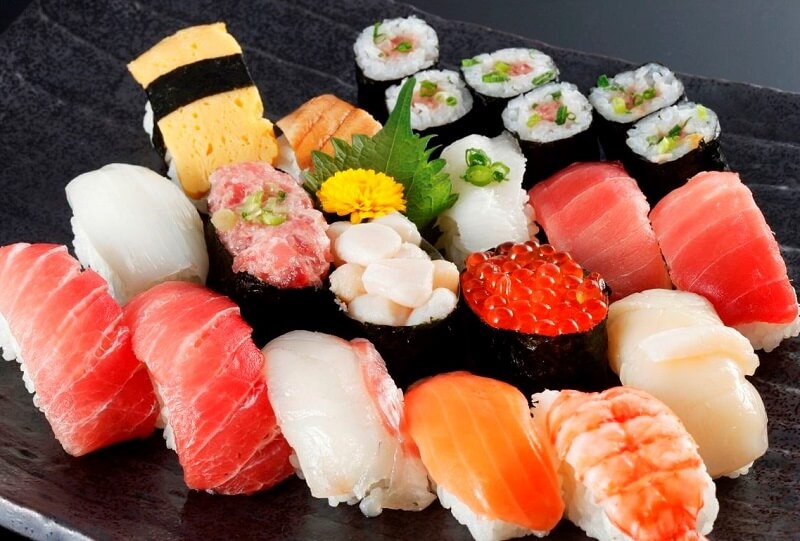
(Image: toyokeizai.net)
Table of Content
Yanagi-ba: The Traditional Japanese Sushi Knife
Kata-ba, or Single Bevel: The Benefits of this Sushi-specific Design
Tokyo versus Osaka Yanagi-ba Sushi Knives: Local Variations of the Traditional Kitchen Tools
Japapanese Sushi Knife Artisans: The Various Brands Who Offer Yanagi-ba
The Yanagi-ba Sushi Knife: Japan’s Traditional Sushi Carving Blade
Yanagi-ba: The Traditional Japanese Sushi Knife
You might be wondering: “what is it that makes a Yanagi-ba sushi knife so unique?” “Why not just use the kitchen knife I have sitting in my drawer at home?” The fact is, if you want to recreate the clean, crisp cuts found at the best sushi bars from Tokyo to New York, you are going to need a specialized sushi knife. Luckily, by learning just a little bit about the history and features of these knives, you will be able to put them to work at home to create beautiful platters of fresh sushi and sashimi like the ones you expect from the pros.
First, the shape and composition of Yanagi-ba sushi knives: Yanagi-ba knives are known for the long, slender blades made for ‘pull cutting’ in one, single motion through the fish. The next thing we need to take note of is the composition of the blade and its cutting edge. This is easily the most important feature of a yanagi-ba sushi knives, and the characteristic which setting them apart from other famous Japanese knives such as the gyuto or santoku chef’s and kitchen knives. chef’s and kitchen knives. Yanagi-ba sushi knives are sharpened on only one side of the blade. This ‘single bevel’ design, known as kata-ba in Japanese, means that the opposite side is in fact flattened, with the sharpened cutting-edge of the knife coming to an abrupt and extremely thin edge along this flat side. This means that almost all sushi knives are right-handed, although several knife makers have begun offering left-handed models for foreign buyers.
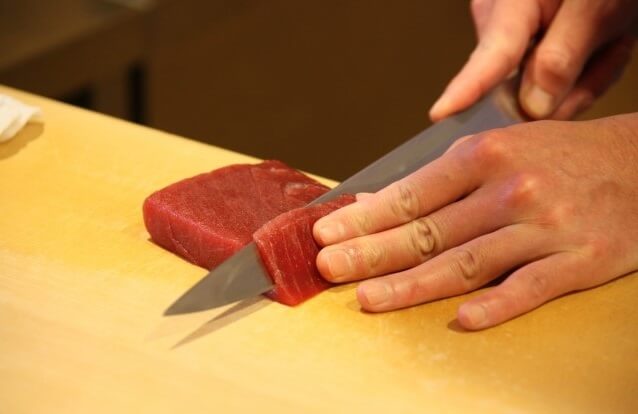
(Image: medianotoriko.hatenablog.com)
Kata-ba, or Single Bevel: The Benefits of this Sushi-specific Design
With a flattened backside, cutting with a single bevel yanagi-ba sushi knife is accomplished all on the chef’s forehand. What this means is that the fish is not being pressured from both sides of the knife, only the cutting edge. Meanwhile, the blade itself is working on the fish with only one side, ensuring that unnecessary pressure is not applied to the delicate cut of fish. All this to ensure that a clean cut, and not a tear or rupture is what takes the fish apart into smaller pieces. By not break as many cells along the cut, a cleaner cut with no tearing means that less surface area on the fish exposed to air. Air will cause oxidization, decay, and a decrease in the quality of flavour of fresh, raw fish. Minimizing these effects with the proper use of a single bevel, one sided yanagi-ba sushi knife is the key to preparing delicious Japanese sushi.
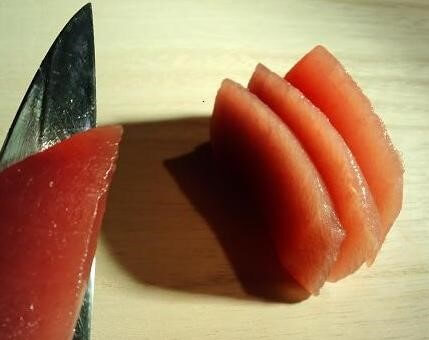
(Image: temaeitamae.jp)
Finally, Japanese sushi knives are recognizable by their unique and handsome handles. Known by knife-enthusiasts as wa-handles – ‘wa’ coming from the Japanese term used to distinguish Japanese goods, practises, or traditions from their foreign or western counterparts. These handles are slender, just like the blade. Often they have one or more flattened sides, sometimes becoming hexagonal, in order to rest easy in the hand. See below for some examples.
Tokyo versus Osaka Yanagi-ba Sushi Knives: Local Variations of the Traditional Kitchen Tools
Like many aspects of Japanese culture and history, Yanagi-ba sushi knives have local roots and variations according to regions within Japan. For example, sushi chefs in Osaka and Tokyo often use different shaped knives – a traditional difference dating back centuries. In the Kansai area around Osaka in western Japan, a typical sushi knife is pointed at the tip. Meanwhile, in Tokyo and the surrounding Kanto region, a blunted end appears on most yanagi-ba sushi knives. This difference can be used to identify the origin of sushi knives as the famous artisans of Sakai and Seki in western Japan export more and more of their Kansai-style pointed sushi knives each year.

(Image: commons.wikimedia.org)
Like most Japanese knives, the blade of your sushi knife will be inscribed near the handle with either the brand or artisan’s name. This adds a personal touch to the tool while reminding us of the pride and care that goes into each one. Pictured below is a detail of a Yoshiro sushi knife from Sakai city in Osaka prefecture, Japan. Note the careful markings identifying it as a top-grade Japanese knife.
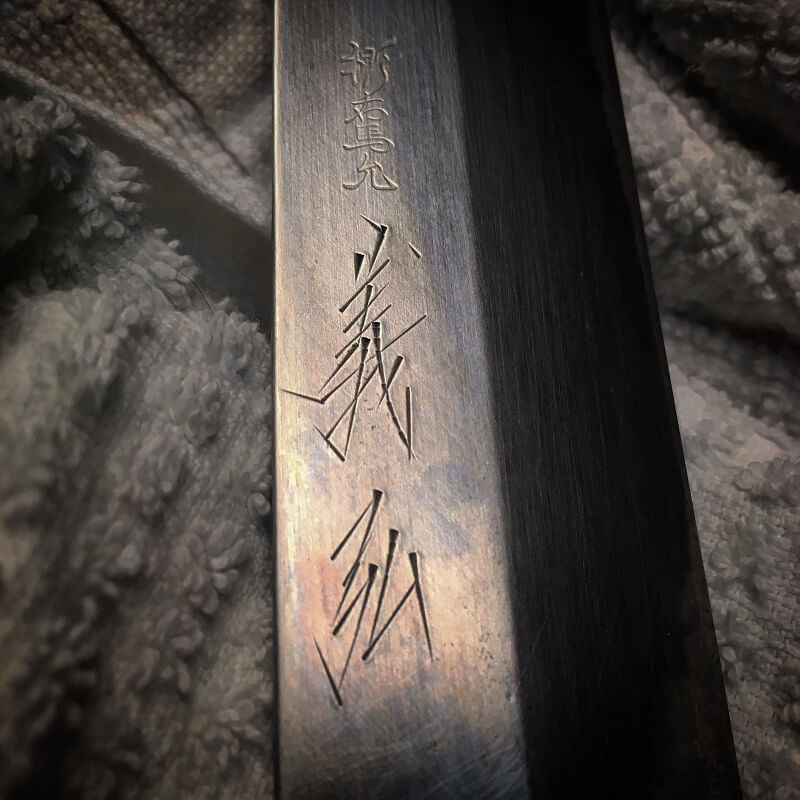
(Image: reddit.com)
Finally, Japanese knife makers now produce a double bevel knife similar in shape and use to their famous sushi knives. The Sujihiki is like a western-style yanagi-ba in that its double bevel blade is easy use in the familiar, western fashion of slicing through tendons and meat. Just like its cousin the yanagi-ba sushi knife, the sujihiki slicing knife is made quite long for a good, consistent pull. This ensures that you aren’t breaking the meat but cleanly cutting it. While still useful for fish, the double beveled sujihiki is a most useful for cutting large pieces of beef or pork. For the truly authentic sushi or sashimi experience, however, there is truly no replacement for the delicately accurate, single bevelled yanagi-ba sushi knife.
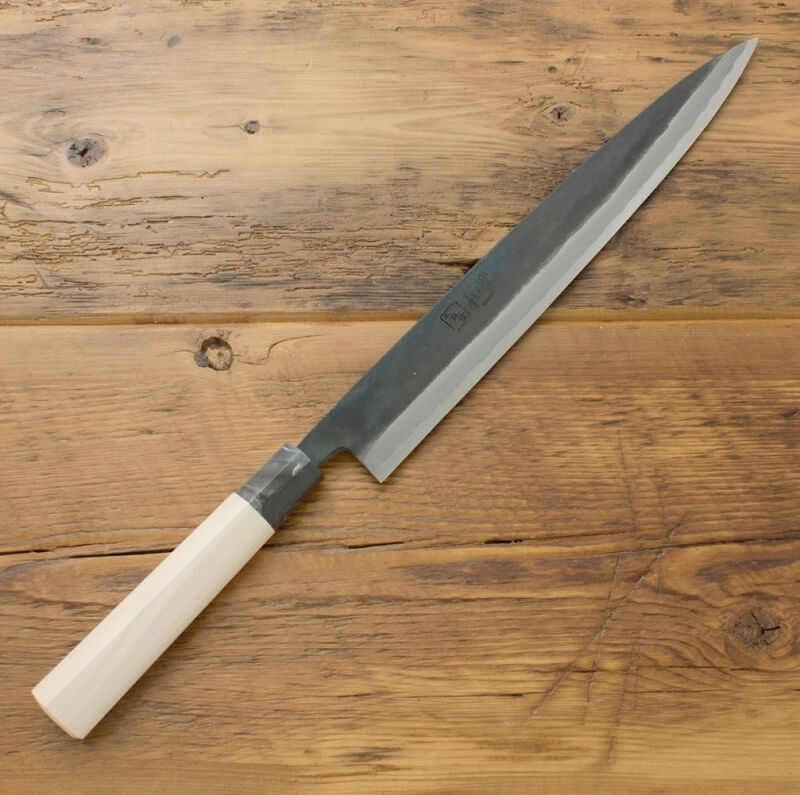
(Image: chuboknives.com)
Japapanese Sushi Knife Artisans: The Various Brands Who Offer Yanagi-ba
As a traditional and truly historic kitchen knife, blade artisans in Japan have been focused on the sushi knife for centuries. Moreover, the respected sushi chefs demand the best from their knives, as the cut they produce can make or break their reputation amongst customers and competitors. Thus, each of the great knife makers of Japan offers a yanagi-ba sushi knife. This means we have no shortage of options when it comes to picking a brand and size to use at home. From entry-level to professional grade, let’s take a closer look at some of the knives now available to sushi fans around the world.
Aritsugu, a knife making brand from Tokyo offers there impressive-looking yanagi-ba sushi knives starting at 16,000 Japanese Yen (roughly $143 USD).
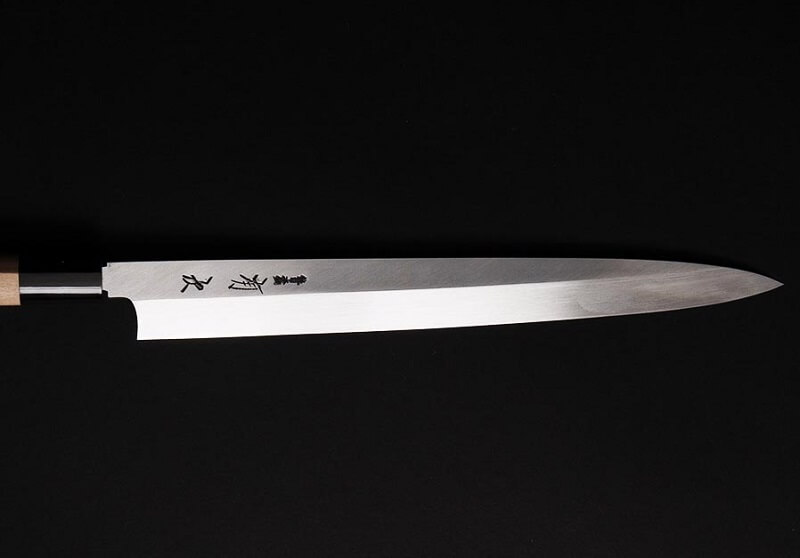
(Image: aritsugu.jp)
Seki Magoroku, the famous city of swordsmiths turned knife makers in Gifu prefecture, central Japan, have their classically cool yanagi-ba sushi knives available for any budget. With the unique history of Seki knives, these are sure hit. The name Seki is already well known around the world for its long-lasting quality and craftsmanship.
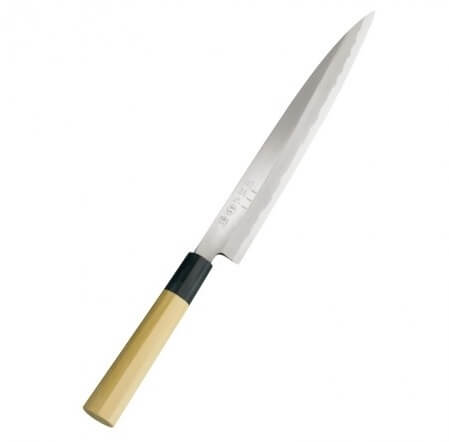
(Image: kai-group.com)
Finally, Sakai’s beautiful stainless yanagi-ba sushi knives – these are the beloved knifes of sushi chefs across western Japan, known for their professional grade performance and durability. With a perfect edge for fish, as well as an eight-sided wa-handle, these are the flagship sushi knives for the Sakai name. Some go for upwards of 118,000 Japanese Yen (roughly $1,060 USD). Don’t worry, however, because Sakai craftsmen meanwhile apply this same level of care and attention to affordable lines, making it possible to find a sushi knife for any budget.
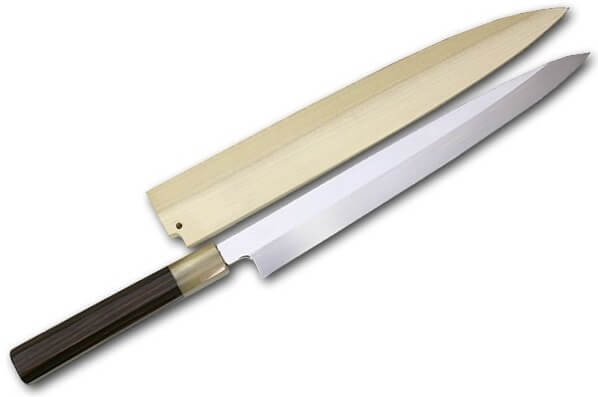
(Image: ichimonji.co.jp)
The Yanagi-ba Sushi Knife: Japan’s Traditional Sushi Carving Blade
Now that you know all about sushi’s most important tool, you are ready to begin your search for one to call your own. Like all Japanese knives, with proper care and attention you can enjoy the clean and easy cuts of your sushi knife for decades to come. This means hundreds of meals of fresh fish and seafood sliced perfectly, just like the pros do it in Tokyo’s world famous Tsukiji fish market and even in the small streets of old Nagasaki harbour. Moreover, with these traditional and durable knives becoming more and more affordable and readily available to international markets, you can bring one into your kitchen no matter where you live. This allows you to recreate the sights, smells, and tastes of Japan’s most well-known and traditional cuisine in your very own home. Sushi is a fun and tasty hobby to share with family and guests, so why not try your hand at the smooth cutting yanagi-ba blades of Japan’s most respected knife artisans today?

Author - Jay
In my spare time I enjoy watching baseball, tasting local cuisine, and exploring by road and rail. Having lived in several cities around the world, I have an appreciation for local as well as international histories and cultures. Excited by cultural and social exchange, it is my hope that this blog will help promote an interest in Japanese traditional wares and practises by introducing you to their history and meanings.

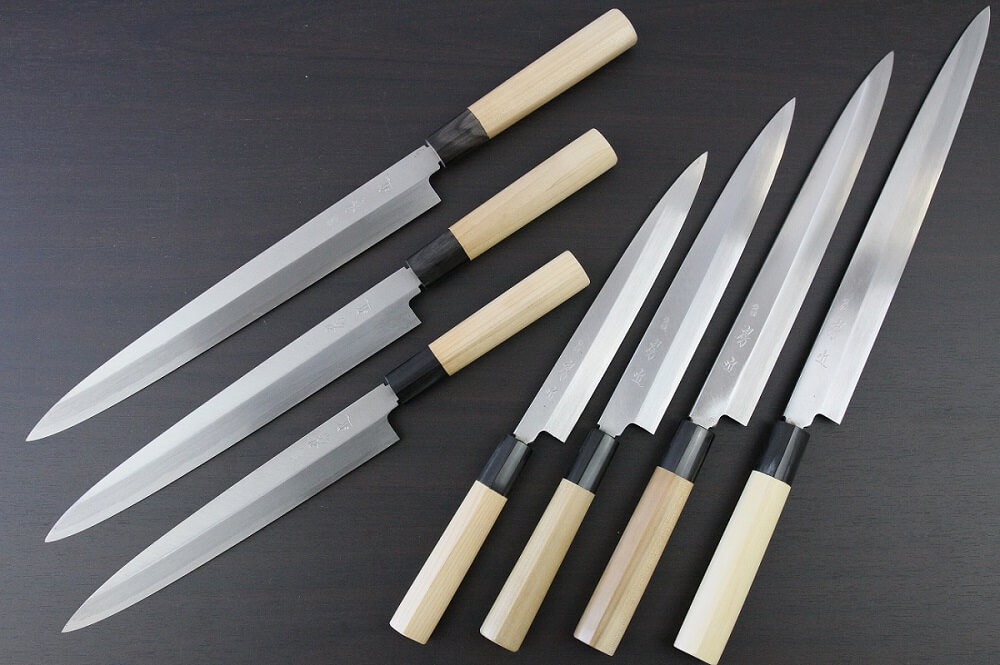
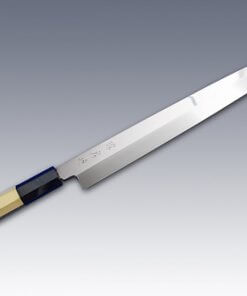
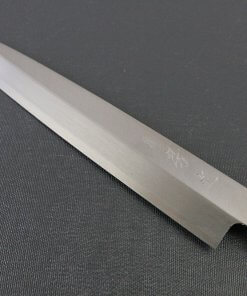
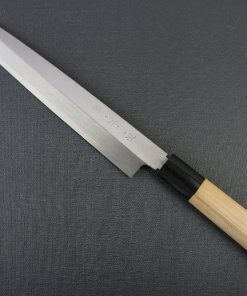
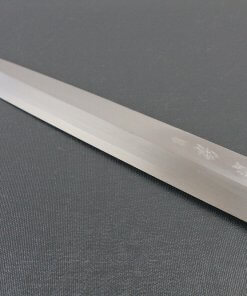
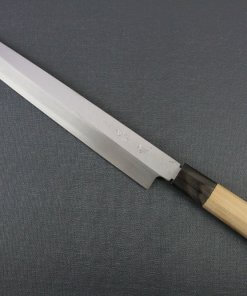
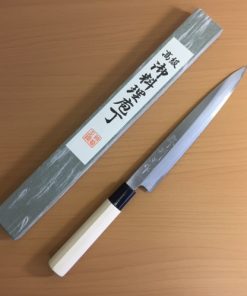
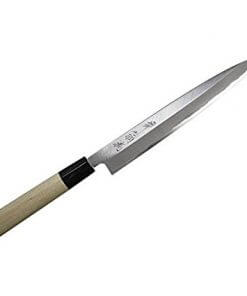
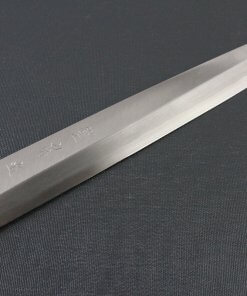
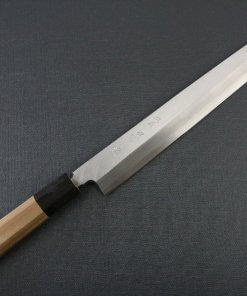
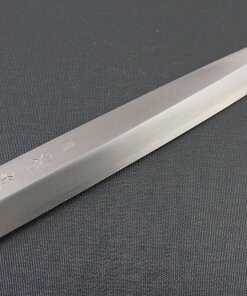
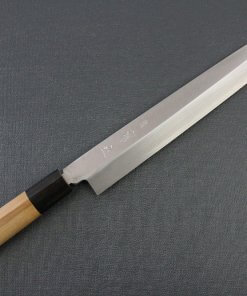
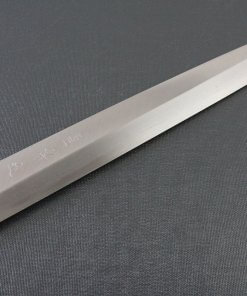
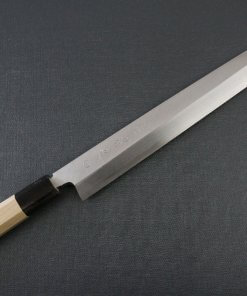
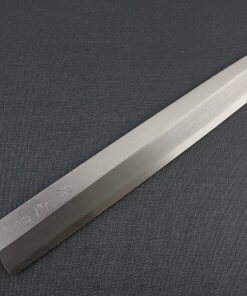
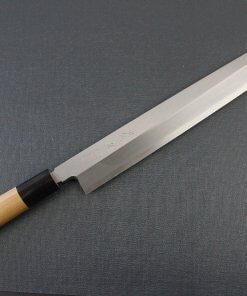
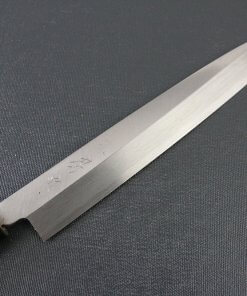
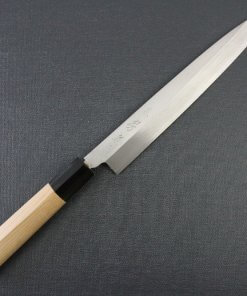
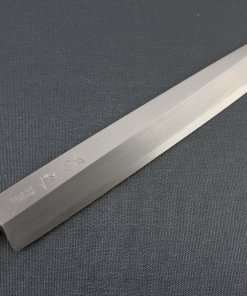
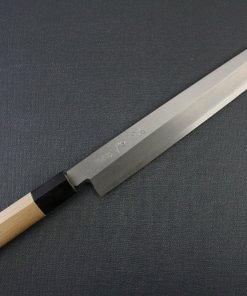
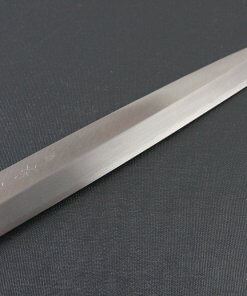
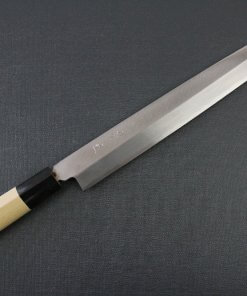
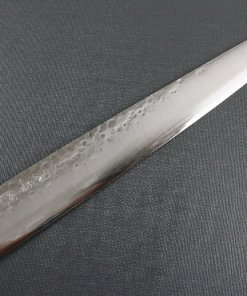
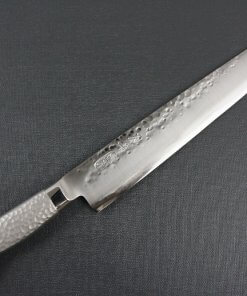
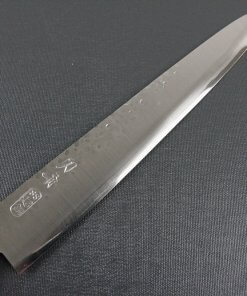
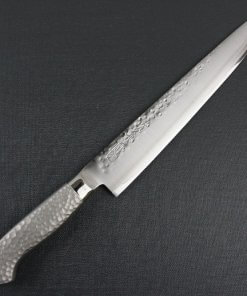

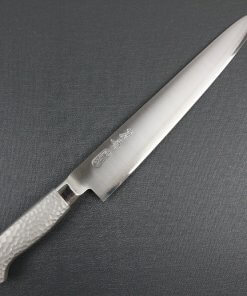
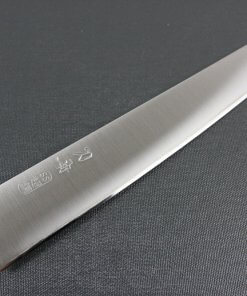
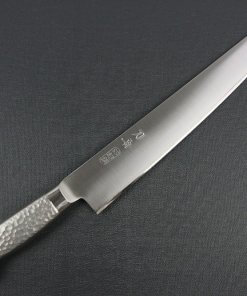
About Orientalsouls.com
Learn and Buy Japanese Craftsmanship, Tradition & Culture
OrientalSoul.com is the online shop where you can buy traditional crafts of Japan.
We only sell selected authentic products in which true spirits of Japanese craftsmanship exist.
You may be able to find similar products in other shops for lower prices. However, we sell products based on fair prices that worth labor and value of experienced craftsmen.
In addition, we introduce stories about product history, how a product is made, what makes it different from others, and how the product enriches your life!